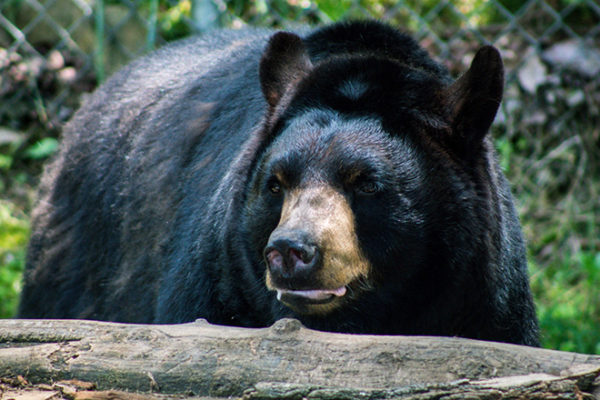
American Black Bear
Generally shy and reclusive animals, black bears avoid human contact and are not normally aggressive. Two black bears, Uno and Ursa, live at the Nature Center.
Open 361 Days a Year: Admissions 10:00am – 3:30pm; park closes at 4:30pm
The WNC Nature Center is open! Visitors will need to alter their typical route to accommodate for the loss of the Gashes Creek Bridge. Learn more at www.wildwnc.org/plan-your-visit.
The WNC Nature Center is home to 60 species of wildlife that live or have lived in the Southern Appalachian Mountains. Learn more about the natural history of each species and the unique biographies of the wildlife that call the Nature Center home.
Most of our animals have been permanently injured or have been imprinted, meaning they have no fear of humans and never learned the skills they would need to survive in the wild. Others have never known a life in the wild or are endangered species that are part of the Special Survival Plan, a breeding and management plan developed by the Association of Zoos and Aquariums to ensure that we have a sustained population of endangered animals and can conserve them for future generations.

Generally shy and reclusive animals, black bears avoid human contact and are not normally aggressive. Two black bears, Uno and Ursa, live at the Nature Center.

Similar to the Nigerian dwarf goat, the American pygmy is a small goat that only reaches 1-2 feet in height. They vary widely in coloration including white, tan, caramel, gray, and black.

Red wolves are highly endangered species that has been eliminated from almost all of its natural range. Our breeding pair of red wolves, Oak and Gloria, are part of the AZA Species Survival Plan.

River otters are masterful in the water and often show a playful side!
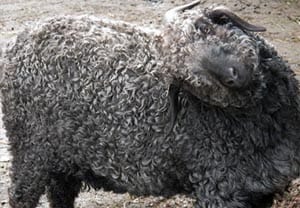
Angoras are primarily browsing animals and thrive best where there is a good cover of brush, weeds, and grass.
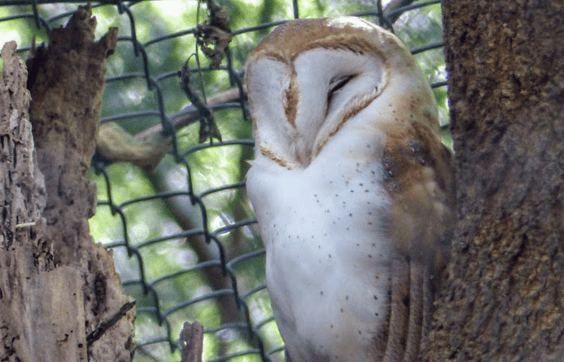
The common Barn Owl is a species known by many other names; names like the Golden Owl, Ghost Owl and Monkey Owl are just a few. They have a very unique flight style and they can hover in the air for as long as a minute.
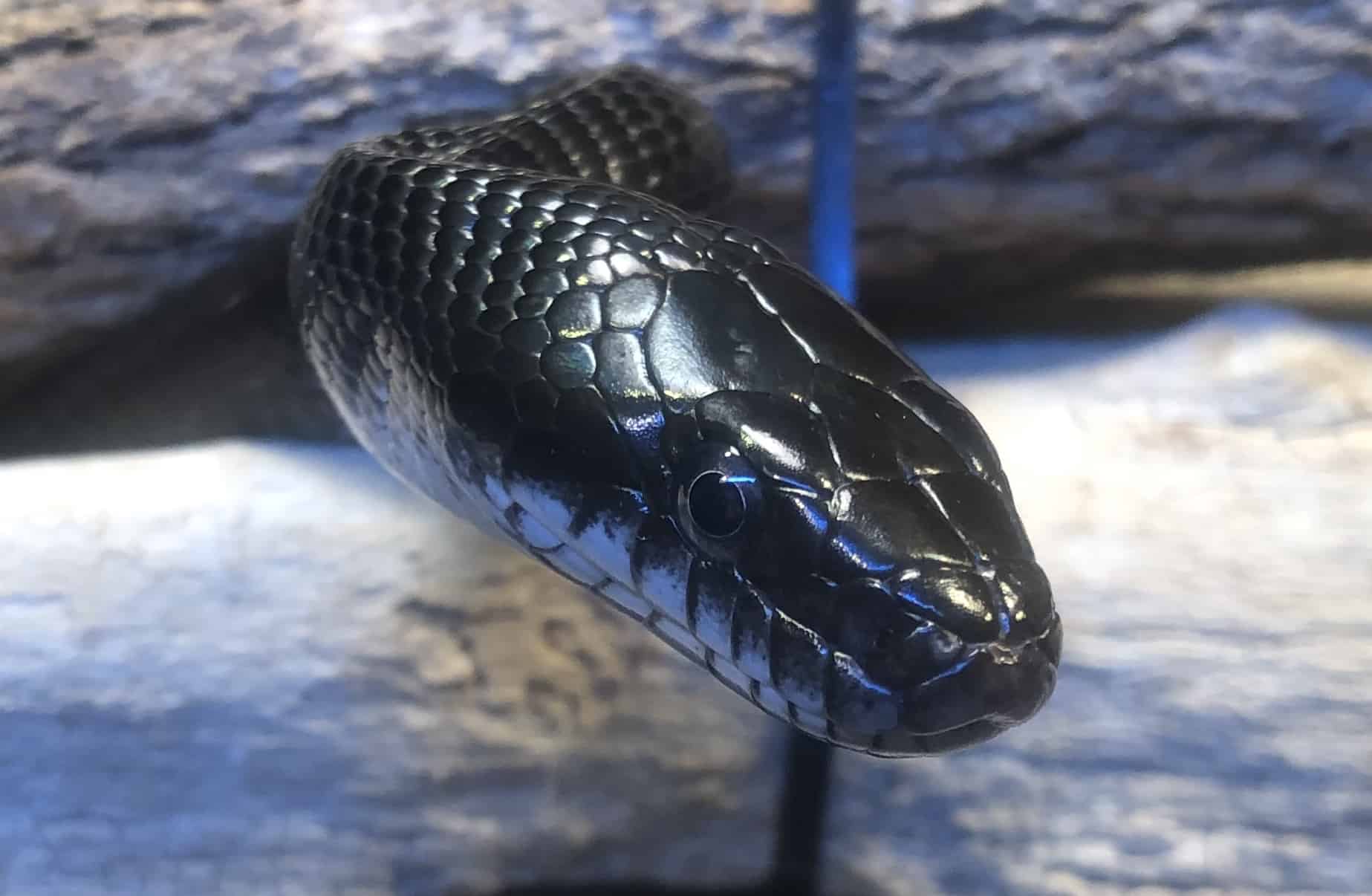
Black rat snakes are excellent for pest control, preying mostly on rodents. They are most active during the day, but still prefer to stay nearby protective cover
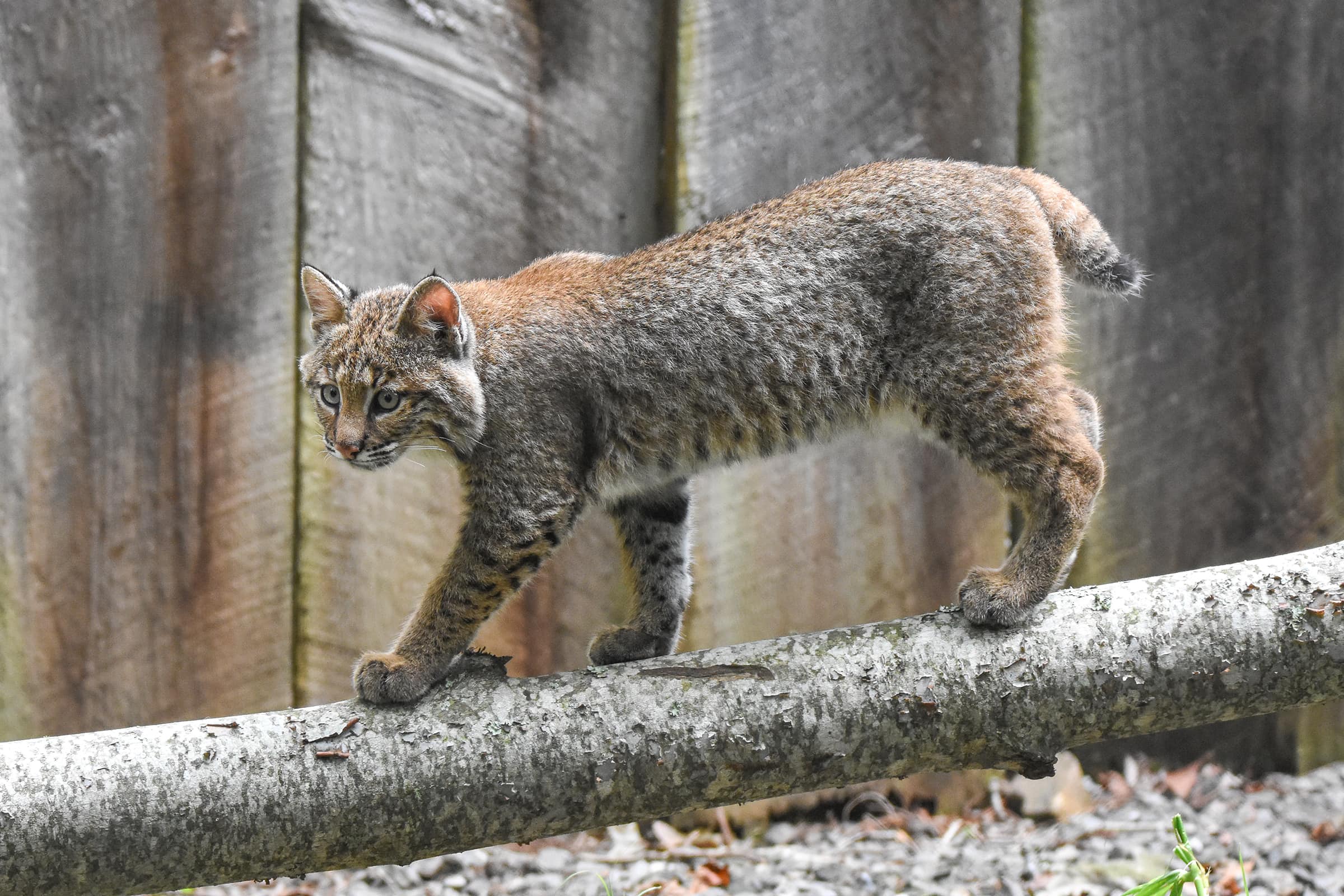
Rarely spotted by the human eye, the elusive bobcat roams Western North Carolina.
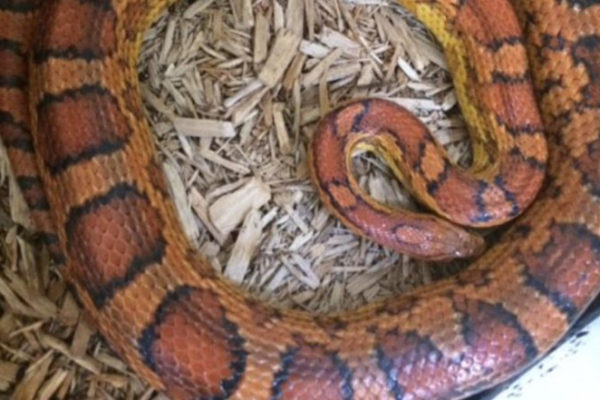
The name “corn snake” can be attributed to the scale pattern on their belly, which resembles Native American corn, and their tendency to frequent corn cribs to eat visiting mice. Like other rat snakes, corn snakes are non-venomous and can subdue their prey by constriction.
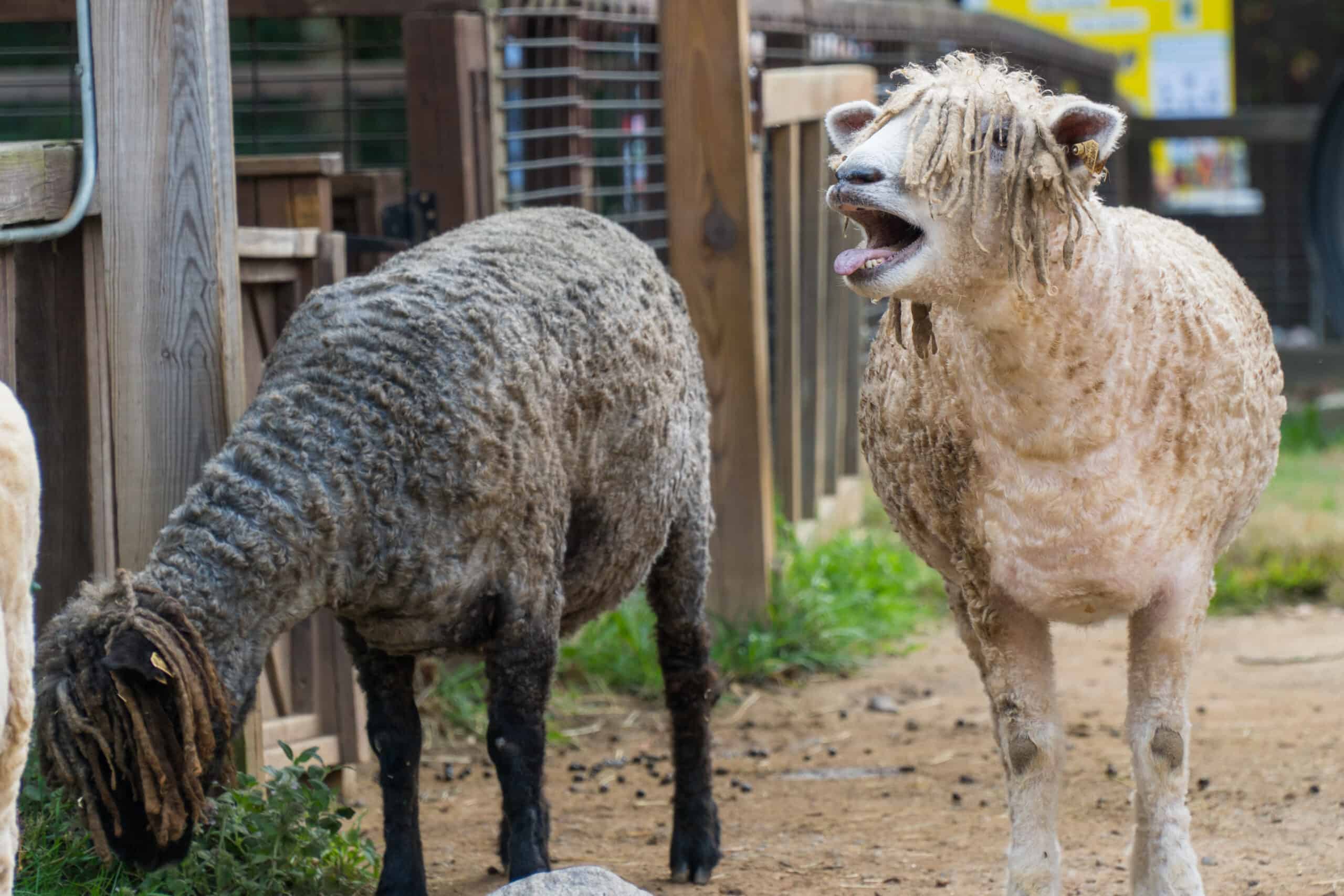
Called “Gentle Giants,” Cotswold sheep are one of the largest breeds that come from the hills of Cotswold in England. Noted for their long, coarse fleece with naturally wavy curls, the Cotswold is a dual-use breed, providing both meat and wool.

Cougars are swift runners, agile climbers, and great swimmers with agile bodies, cougars are a top predator. They are solitary night hunters that have excellent eyesight and superb hearing.
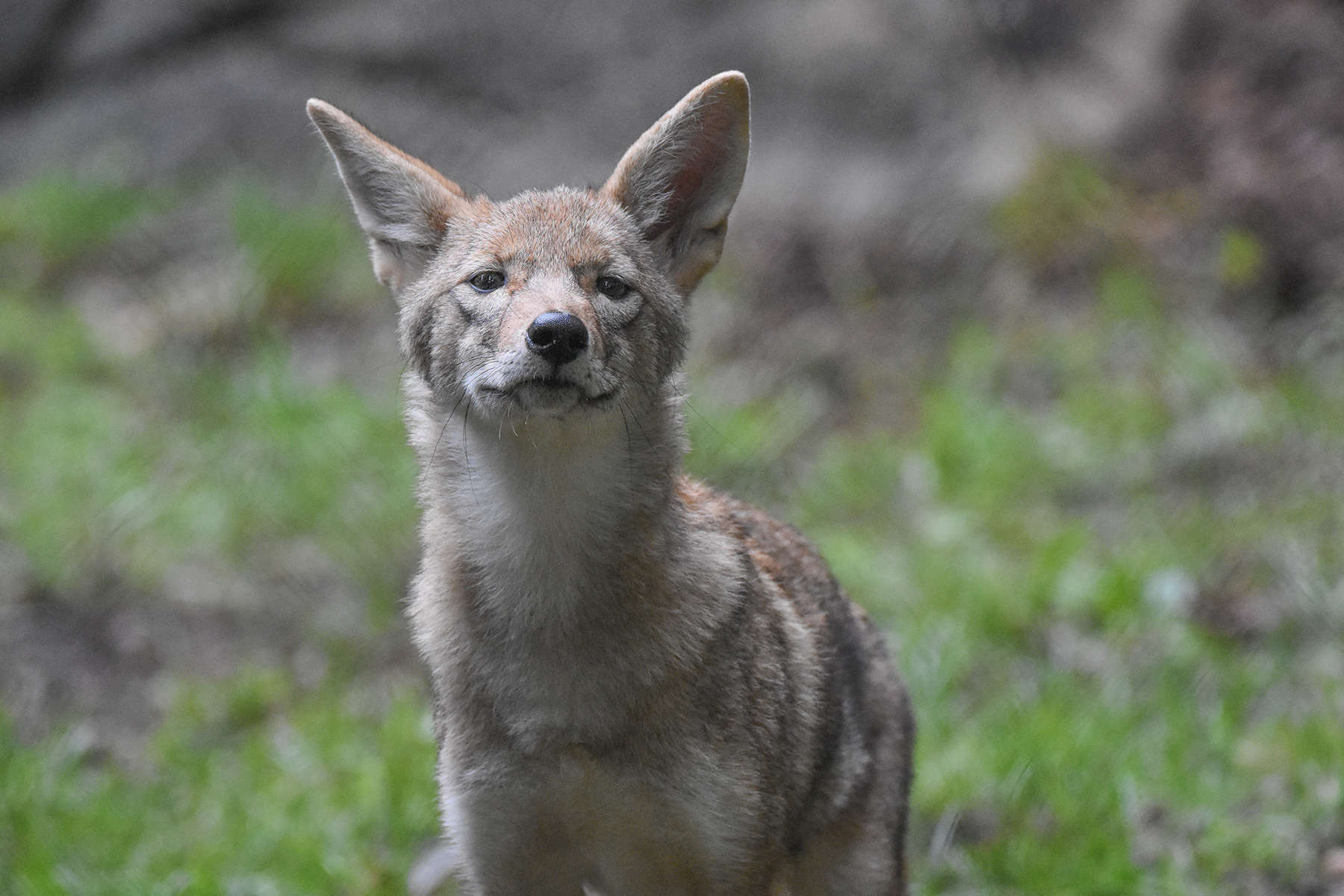
Clever, mischievous, and often misunderstood, coyotes are highly adaptable creatures found all over North America.
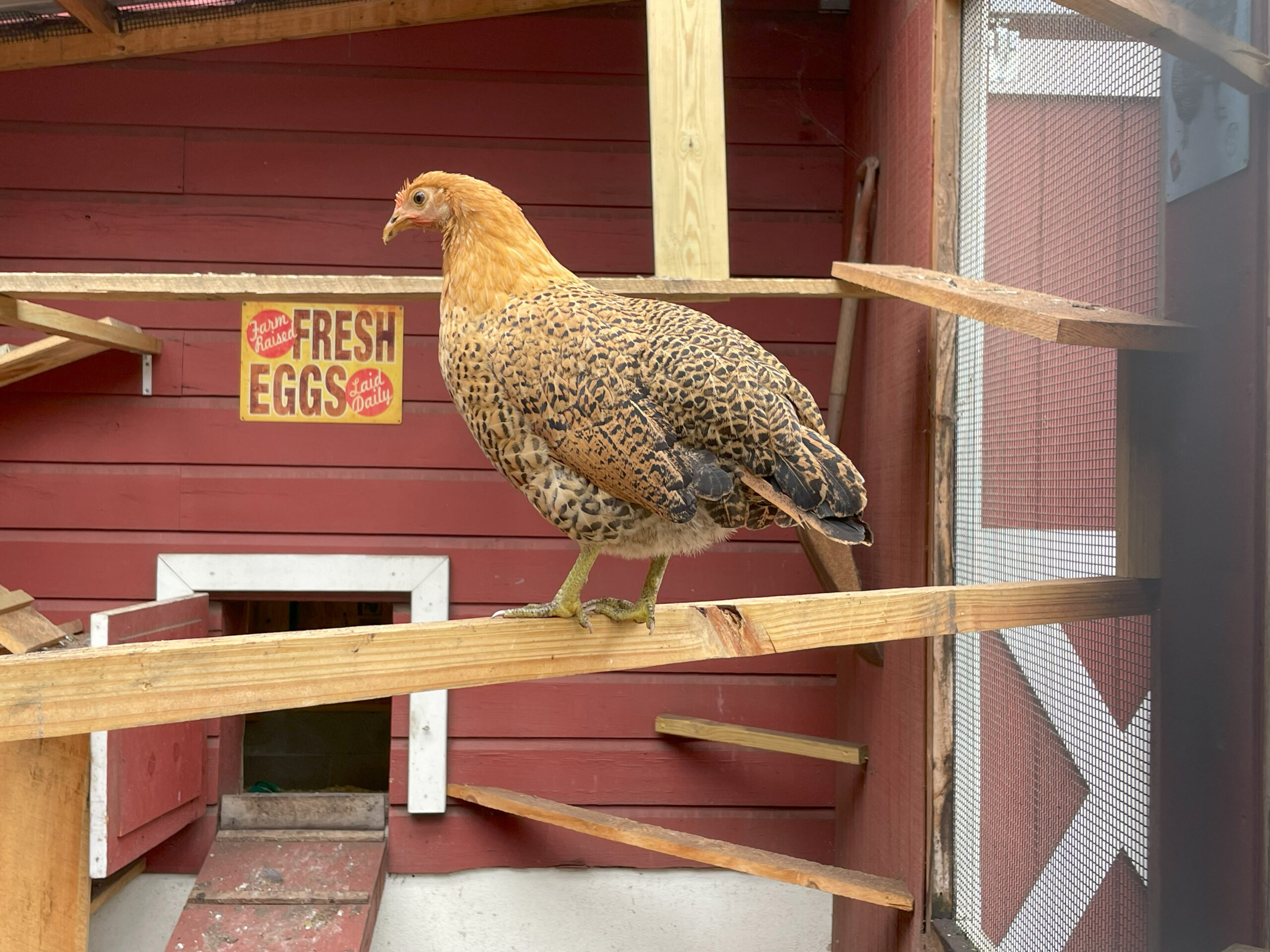
We have 5 breeds of chicken here at the WNC Nature Center – Black Australorp, Dominique, Easter Egger, Leghorn, and Rhode Island Red.

The Eastern box turtle is the designated state reptile of North Carolina and is found throughout the state. They have high-domed carapaces (top shell), and hinged plastrons (bottom shell) which allows them to pull their legs and head into their shell, like closing a box.

Eastern garter snakes are ovoviviparous, meaning they give live birth, and can have anywhere between 7 to 80 live young, depending on the size of the female. Eastern garter snakes tend to be solitary creatures but during the winter months, they will hibernate in larger groups in dens called hibernacula.
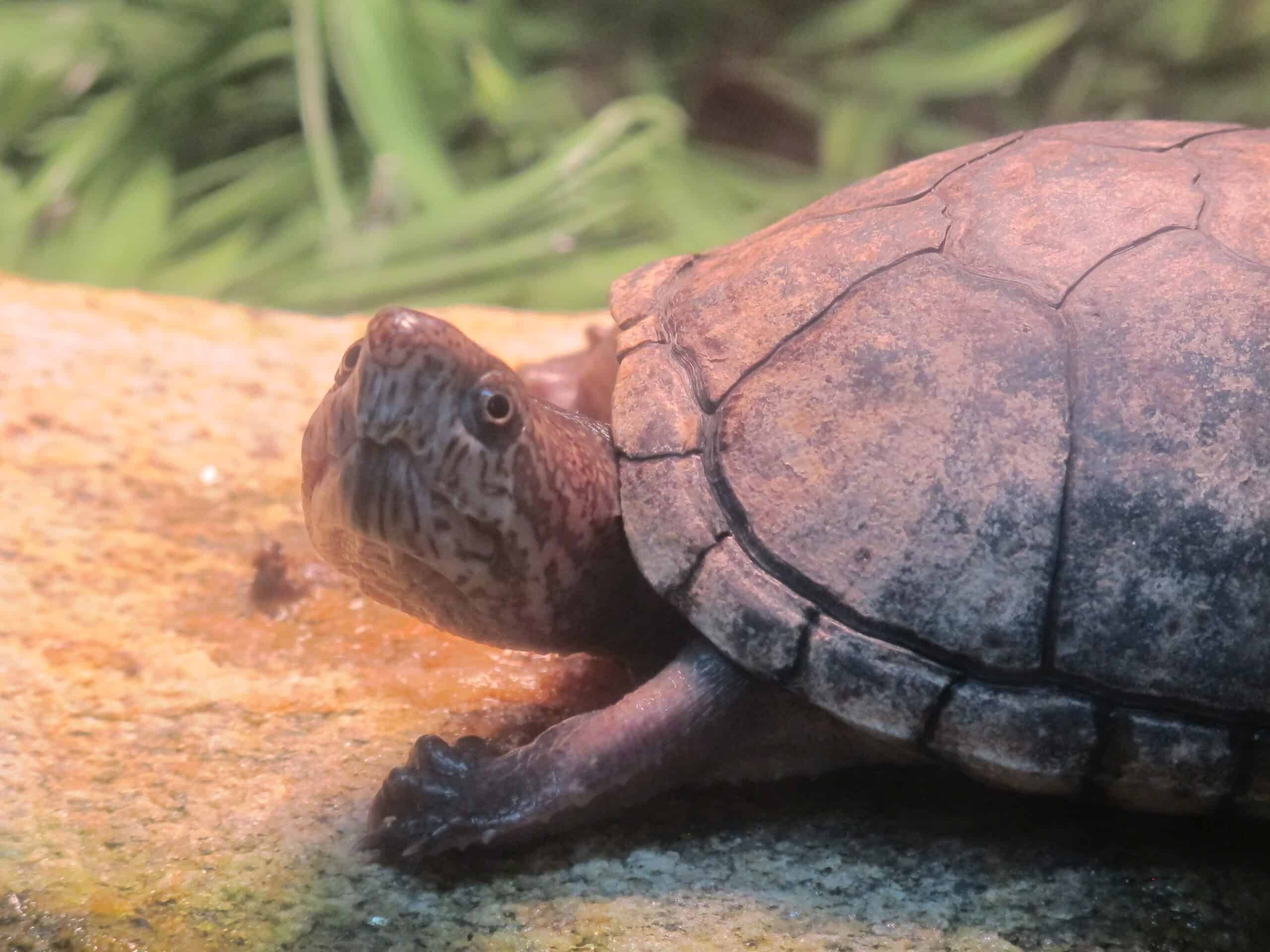
Often confused with their cousin, the eastern musk turtle, they also can release a foul smell while under stress. They are also semi-aquatic but prefer to crawl through slow-moving water.
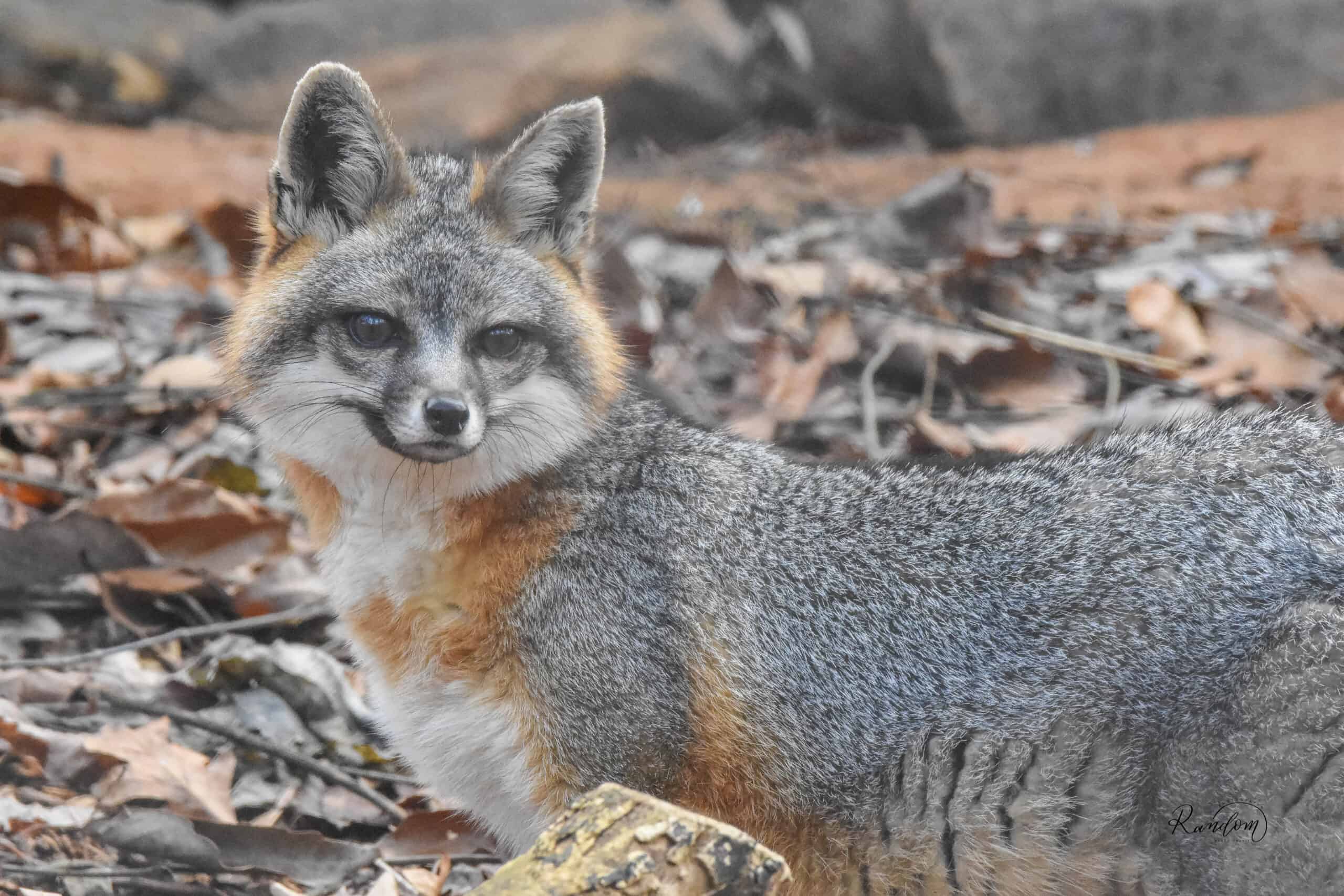
Gray foxes are the forest fox of the eastern United States. When you visit their habitats at the Nature Center, be sure to look up to see Remi!
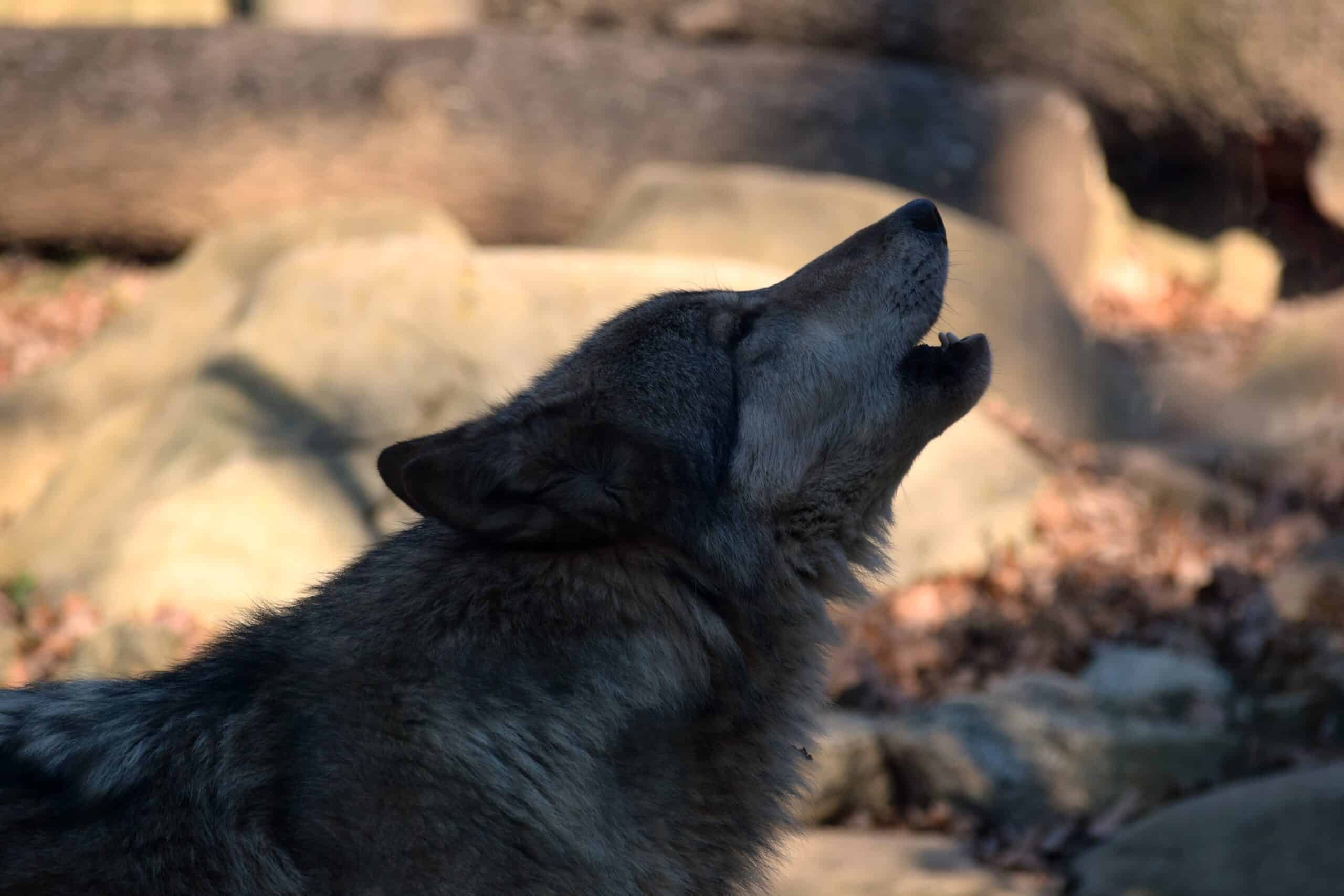
Gray wolves are highly social animals and they develop strong bonds within their pack. Members of the pack communicate with each other using a variety of sounds, body postures, facial expressions, and sent marking.
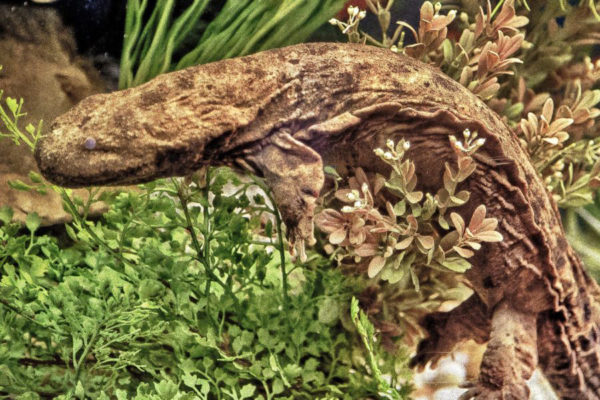
Growing up to 2 feet long and weighing up to 2 pounds, the eastern hellbender is the world’s third largest salamander. Hellbenders take residence under rocks and if their homes are disturbed, it is very difficult for them to establish a new territory.

Eastern musk turtles, also known as stinkpot turtles, are named after the strong smell they produce as self-defense.
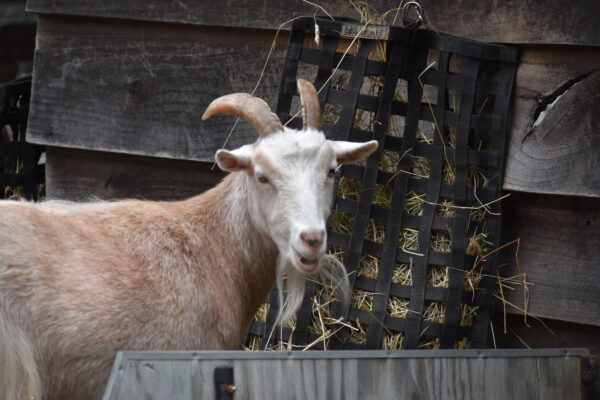
The Nigerian dwarf goat is a miniature dairy breed of West African ancestry. These goats are popular as hobby goats due to their easy maintenance and small stature.

The Oberhasli goat is a medium sized goat and they can weigh up to 150 pounds. They are known for their gentle disposition. The females, called does, are an excel-lent milk producers with the record of 4665 lbs.

Red foxes have the reputation of being cunning, but shy. Like most other members of the wild dog family, they seem to be quite intelligent and very adaptable, often learning to live close to humans.

Western North Carolina’s climate and ecosystem is almost identical to the lower mountain forests of Central Asia where red pandas currently live.
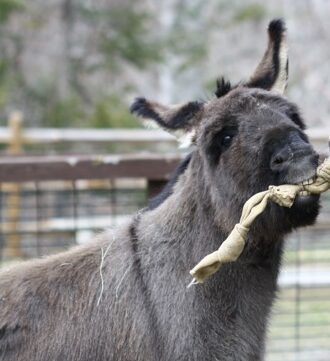
Sicilian donkeys have distinctive cross-shaped markings along their backs and are known for their sweet affectionate disposition.
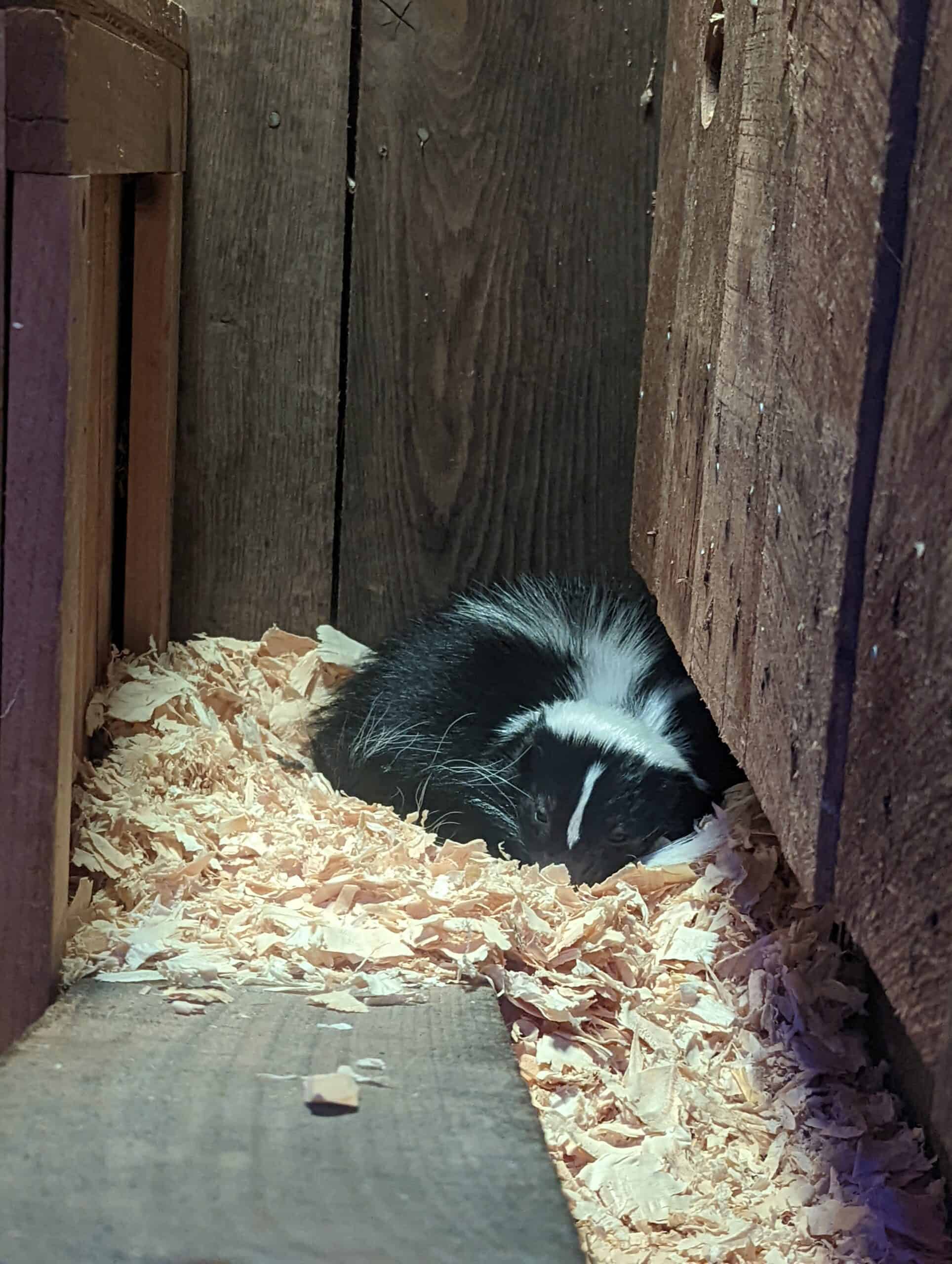
Striped skunks are about the size of a domestic cat, weighing from 2.5 to 10 pounds. Typically, striped skunks have a dark black body with a bright white stripe which begins on the head and splits into two parallel stripes down the back and onto the tail.
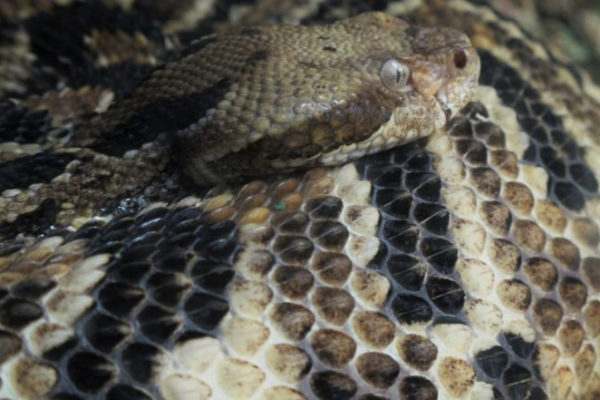
Despite their reputation, however, rattlesnakes prefer not to bite. Their initial defense mechanisms are to either lay motionless, camouflage with their surroundings, flee or warn off predators by “rattling.”

Turkey vultures are commonly found throughout North America in a variety of habitats. They locate their food through sight and scent, an unusual adaptation since most birds have a poorly developed sense of smell.
WNC Nature Center
75 Gashes Creek Road
Asheville, NC 28805
Getting Here
General Inquiries
828-259-8080
[email protected]
Friends of the
WNC Nature Center
PO Box 19151
Asheville, NC 28815
828-259-8092
See what’s new at the zoo
with monthly updates!
©2019 Friends of the WNC Nature Center | All rights reserved
Website design by BECK Digital